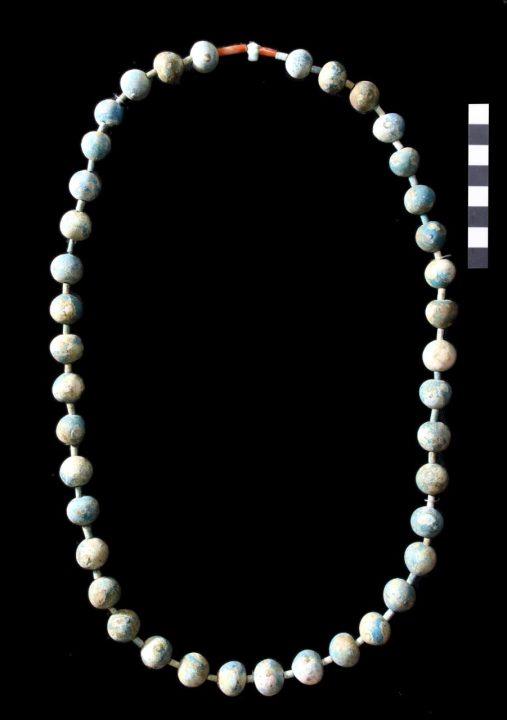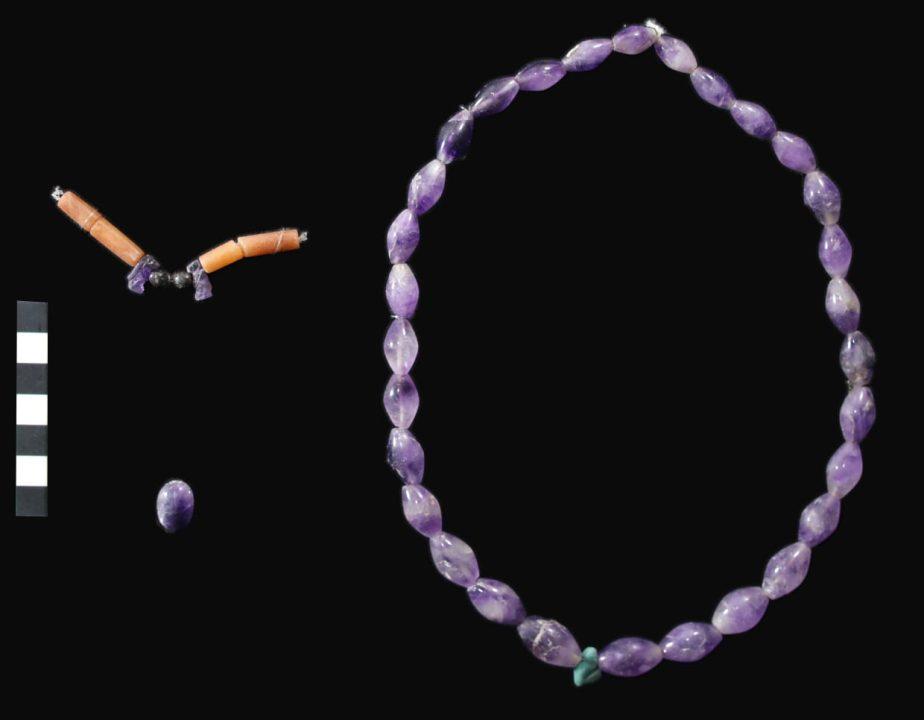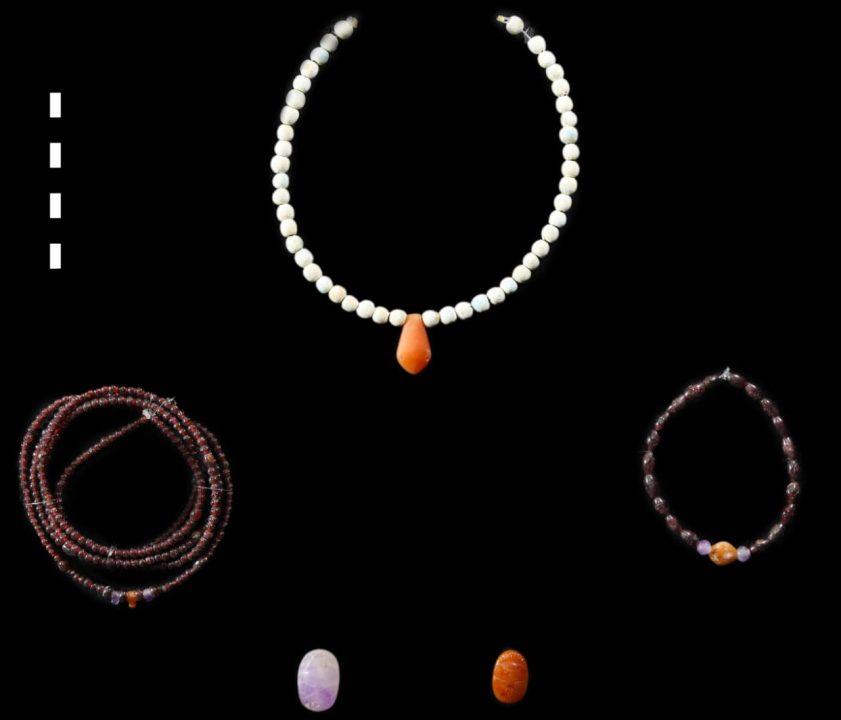(MENAFN- Daily News Egypt) The Egyptian-American archaeological mission has made a groundbreaking discovery in the Al-Assasif necropolis, revealing the first tomb from the Middle Kingdom. This find includes several sealed burials that had never been opened before, containing men, women, and children, alongside a collection of unique artefacts.
The excavation took place during restoration work at the southern section of the tomb of Karabasken (TT 391), dating back to the 25th Dynasty.

Mohamed Ismail Khaled, the Secretary-General of the Supreme Council of Antiquities, emphasized the significance of this discovery, stating that it will reshape the historical narrative of the Al-Assasif necropolis, positioning it as a major burial site from the Middle Kingdom in Thebes. This will also enhance our understanding of burial practices and rituals during this period.
Inside the tomb, archaeologists uncovered 11 burials, which included skeletal remains of men, women, and children, indicating that this was a family tomb used by multiple generations during the 12th Dynasty and early 13th Dynasty. Notably, the excavations revealed a wealth of unique jewellery in the female burials and various artefacts likely dating back to the early 12th Dynasty.

Khaled noted that while many of these burials suffered significant damage due to flooding-which destroyed wooden coffins and linen wrappings-numerous burial contents made from more durable materials were preserved and found in their original locations among the skeletal remains.

Furthermore, Hisham El-Leithy, head of the Egyptian Antiquities Registration and Preservation Sector, highlighted some of the most remarkable findings, including a unique necklace composed of 30 cylindrical amethyst beads and two agate beads surrounding an amulet shaped like a hippo's head. The tomb also contained an array of necklaces, bracelets, chains, rings, and belts made from red agate, blue and green glazed ceramics, and faience, adorned with amulets shaped like hippos, falcons, and snakes, all in remarkably good condition.

Katherine Blackney, head of the American side of the mission, reported the discovery of two mirrors made of copper, one featuring a lotus flower handle, and another with a rare design depicting the goddess Hathor with four faces, presenting her as a woman with stern features. Additionally, several copper ingots and a small fertility statue made of blue and green faience were found, featuring a well-crafted design and adorned with a variety of jewellery. The statue's hair was painted black, and approximately 4,000 clay beads, representing its original hair, were discovered nearby. Also found was a square-shaped offering table with a low rim and a water channel in the centre, surrounded by reliefs depicting a bull's head, a loaf of bread, and other offerings. Excavations will continue to uncover more secrets from this remarkable tomb.
MENAFN02112024000153011029ID1108844849
Legal Disclaimer:
MENAFN provides the information “as is” without warranty of any kind. We do not accept any responsibility or liability for the accuracy, content, images, videos, licenses, completeness, legality, or reliability of the information contained in this article. If you have any complaints or copyright issues related to this article, kindly contact the provider above.